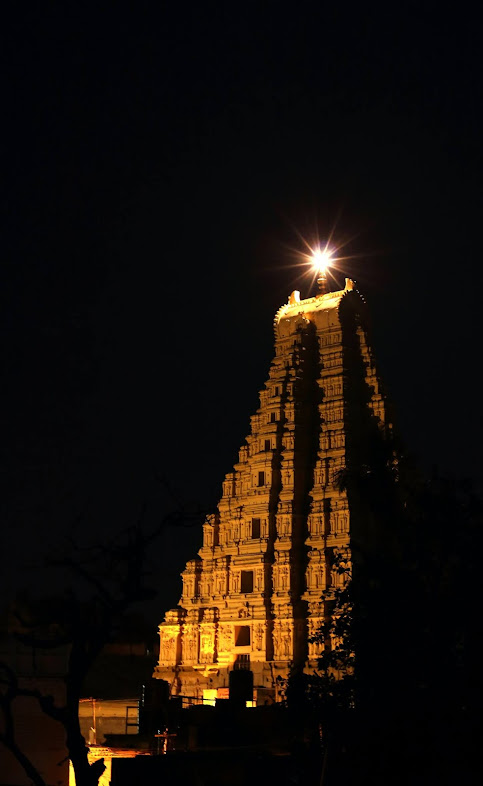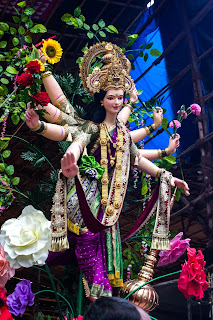What Archeology Says About Genealogy Of Vijayanagara Empire

Vijayanagara Which means “The City Of Victory” was the name of a city as well as an empire. The empire was founded by “Harihara and Bukka” in 1336 AD the city was stretched from the River Krishna in the north to the extreme south of the Peninsula. Vijayanagara Empire fell into ruins in the Eighteenth century yet lived in the memories of people living in the Krishna-Tungabadra Doab. They call it Hampi. Hampi - The name derived from the Local Mothe Goddess - Pampadevi. These oral traditions combined with archaeological finds, monuments and inscriptions and other records helped scholars to rediscover the Vijayanagara Empire. Hampi was discovered by an engineer and antiquarian Colonel Colin Mackenzie in 1800. In 1836 Epigraphists began collecting several dozen Inscriptions found in the temples of Hampi. There are many sources of Genealogy about the Vijayanagara Empire like : Inscriptions Numismatics Literary Works But Inscriptio...
